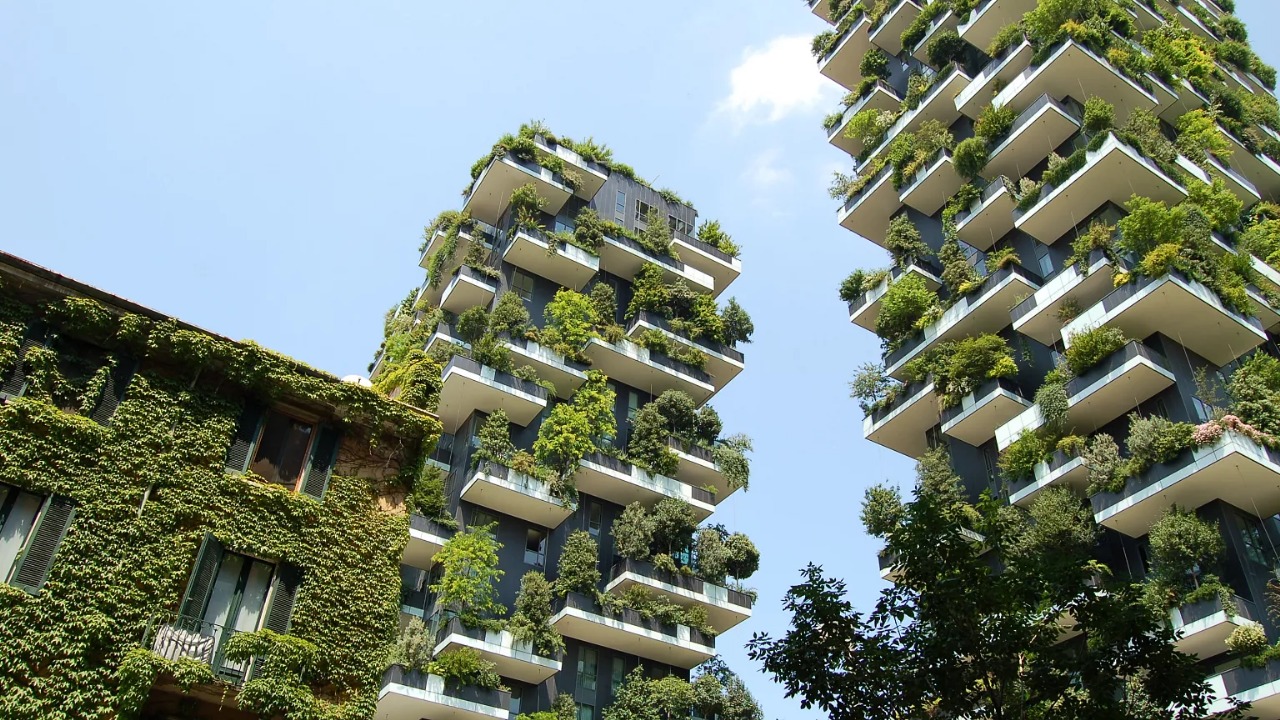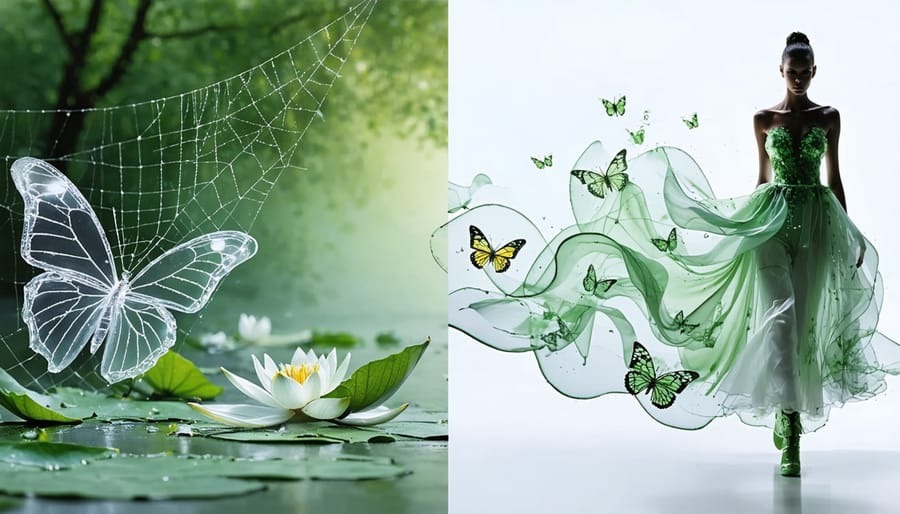 Image Source: Euronews.com
Image Source: Euronews.com
Increasing numbers of city millennials are booting bare-bones decor for something appropriately wilder—literally. The rewilding-at-home trend is catching on as young city residents transform their homes into green micro-habitats. It's not just a question of sticking some succulents around; it's a full-scale reintroduction of nature in the heart of the urban wild.
Key Highlights:
Climate anxiety and a need for a connection to nature are forcing millennials to create indoor ecosystems through the use of native flora, moss walls, and even indoor water features.
Rewilding homes isn't simply about looks—it's practical. Greenery regulates indoor temperatures, purifies the air, and protects pollinators such as bees and butterflies.
The trend is highly personal. Most millennials view rewilding as activism and self-preservation, combining sustainability and mental well-being.
Technology is also stepping in. From intelligent irrigation systems to biodiversity-tracking apps, technology is making it simpler to keep these wild sanctuaries intact.
There are more rewilding workshops, seed exchanges, and balcony garden competitions promoted by the community in cities like London, Toronto, and Bengaluru.
This bottom-up strategy, according to experts, can reshape urban planning, with more focus on green corridors and wildlife-friendly buildings.
This is not just a design trend—it's a silent revolution. Millennials are not just greenifying their domestic lives; they're rewriting the rules of what it means to live in harmony with nature.
Sources: Mossy Earth, Greener Insights, Franetic Urban Rewilding Report 2025
Advertisement
Advertisement





